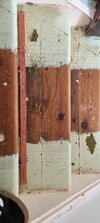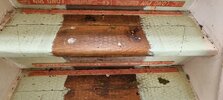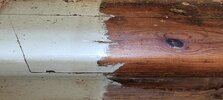Getting round to sorting the stairs and every step has a trapezoid / triangle section cut into it.
Where they just built this way or maybe repaired?
Curious really. 1920s house
Where they just built this way or maybe repaired?
Curious really. 1920s house






